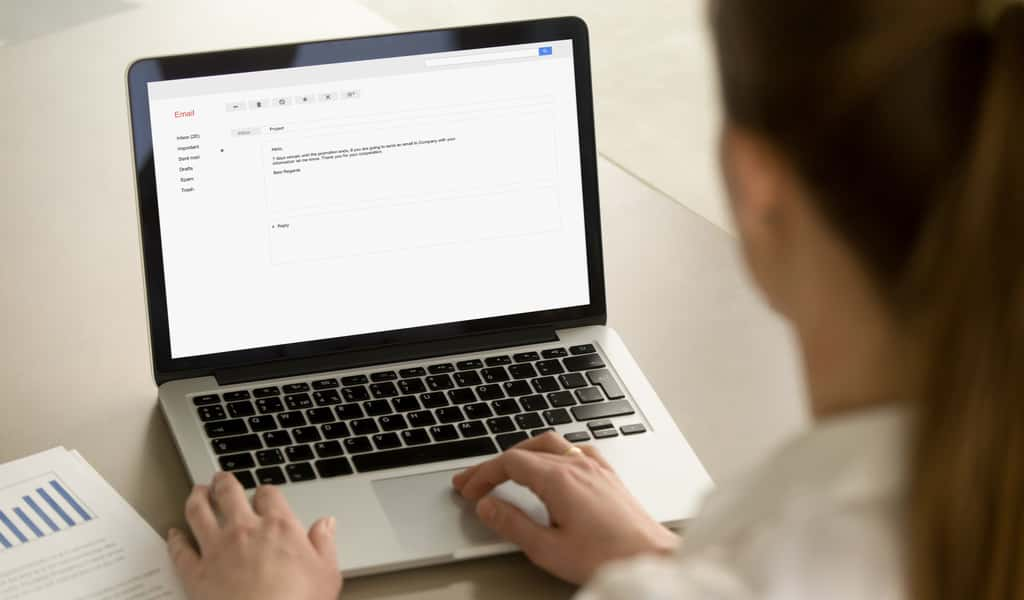If you are the sort of person whose workday consists of a series of annoying, interminable meetings – congratulations!
Sort of.
Because you can do that work from anywhere, so you probably still have a job. But also, moving an in-person meeting to a remote format isn’t as simple as it might seem, and the high level of stress we are all under isn’t helping.
Here are some observations and ideas that might help things run more smoothly.
1. Use an app (desktop, web or mobile) instead of a mere voice call whenever possible.
There are a few reasons this is a good idea.
First, remote meeting apps are created for this specific purpose. They contain features that can eliminate the most basic frustrations of a virtual meeting: you can indicate that you want to speak instead of trying to jam your words in edgewise. You can leave comments that everyone might find helpful but that don’t warrant an interruption.

When you use an app, you also allow other people in the meeting to know who is speaking. Caller 1, 2 and 3 are just too much to keep straight. Let us see your name.
Also, as appropriate, use your face! People communicate better when we can see facial expressions, and besides, I miss seeing faces. Don’t you?
2. Prepare ahead of time.
You might be used to waltzing into a meeting and winging it, but those days are over.
Before it is time to connect, make sure you have your ducks in a row. Jot down things you need to say, questions you want to ask.

When you don’t write it down you risk rambling, and since your coworkers can’t give you a stink eye across the conference table you might not notice how long you’ve been going on.
Nerves make some of us blather on. Let’s try not to push everyone over the edge.
3. Save questions and comments until your turn.
Remember that whole writing-down thing? Keep doing it. When a question or comment comes to your mind during the meeting, jot it down.
This gives you a chance to mention everything at once when it’s your turn to talk.
Less interrupting. Less meeting. More time to pet your dog.

4. Mute yourself when not talking.
Because you are likely to sneeze, smash your mug or fall out of your chair at the most inopportune times, it’s a good practice to mute yourself when you aren’t the one with the virtual floor.

Everyone will be unknowingly grateful.
5. Be there on time.
Just because you aren’t all in one room doesn’t mean a meeting doesn’t cut into everyone’s available time. Respect your colleagues’ schedules and join the meeting on time.
Even if the meeting starts without you, someone will need to take the time to catch you up – often the busiest person.
We are all out of rhythm right now, so do what you can to stay in sync.
6. Be slow to react; ask for clarification.
Remember, so much is communicated through body language and facial expression. It’s likely that someone will come off as short or snippy when they don’t mean to.
It’s more likely that someone will be snippy for completely unrelated reasons.

Don’t take things personally or jump to conclusions. Assume good faith, and if you need clarification just ask – either in the meeting or, if more appropriate, later on one-on-one.
7. Don’t get off topic.
This is also about respecting everyone’s time and attention. A meeting is not a free-for-all. Want to chat water-cooler style? Meetings, virtual or otherwise, are not the place to do that. Stick to the topic at hand.
Need to address a side issue with a smaller group? Set up a separate meeting time. Or maybe it could be an email.
8. Don’t try to multitask – pay as much attention as you would in person.
I’m so guilty of this one!
Meetings are already a challenge for my ADHD brain, so getting started sorting my emails during a web call seems logical. But it takes my attention away from a meeting my boss felt was important enough to call, and that’s just plain rude (sorry, Kevin).
Addendum: The Meeting-that-should-have-been-an-email email

When half your meetings get turned into emails, you realize why they were meetings in the first place. None of y’all know how to email effectively!
(Mostly kidding. Maybe.)
So for the meeting that is now actually an email, to preserve the sanity of your coworkers, please do the following.
- Spell everything out. Yep, more spelled out than that. Remember who-what-where-why-how-when? Use them. Don’t assume everyone knows what you are talking about. Emails lack the context of an in-person meeting.
- Check spelling and grammar. You aren’t writing a thesis, but I can promise you that your emails should not be an exercise in deciphering cryptic code. And some of them are.

- When forwarding emails:
- Make sure the SUBJECT is relevant and unique. It’s a waste of time to sort through three dozen email threads titled “re: our last email.”
- Summarize important information at the top of the thread. Not all email programs nest threads the same way, and many of us are using systems we aren’t used to (hello webmail!). Don’t expect the recipient to do all the work of sifting through and guessing what you wanted them to see.
- Stick to one topic per email thread. Just like with meetings, bringing in side quests only muddies the water and wastes everyone’s time. New topic? Start a new email!
- Use your manners and emojis to help make up for lack of visual and aural context. Look, we are all in weird positions here. It’s not the time to get stuffy. Smile. Say please and thank you and I hope you are well. Ask about the kids and the dogs and the garden.
Above all: be kind. Remember, everyone is extraordinarily stressed. Parents are trying to juggle home life with work. Mistakes and misunderstandings are likely to happen. Take a deep breath, solve the problem, move on.
Together (apart), we’ve got this.

